
Why Corsets for Women Are Making a Stylish Comeback in 2025
Corsets for women have transformed remarkably from being long disparaged as symbols of female oppression to becoming celebrated fashion statements in 2025. Their development started decades ago when Madonna collaborated with designer Jean Paul Gaultier to reimagine the corset as a symbol of female sexual strength. The once-controversial garment’s journey back into mainstream fashion has been fascinating to watch.
Today’s resurgence covers everything from sleek black corsets to stylish corset tops that pair perfectly with jeans or skirts. The industry now champions inclusivity by offering sexy corsets for women of all body types. Plus-size women’s corsets have become more available, which reflects the belief that fashion should be for everyone. In this piece, we’ll learn about this historical garment’s development, explore its current popularity, and see how modern designs redefine comfort and style for all women.
The History and Evolution of Corsets
Corsets have an incredible history that stretches back thousands of years. The earliest traces come from the Minoan civilization around 1000 BC. These garments became popular among both men and women and adapted to match society’s changing values and beauty ideals.
Women in ancient Greece wore simple corset-style garments called “Zone” made from linen or wool. Their goal was to create a smaller waist. The structured corset we know today took shape in the 16th century French court. People used whalebone bodies to flatten the stomach and emphasize the chest and hips.
Corsets grew more elaborate through the 17th and 18th centuries. Craftsmen decorated them with gold trim and silk brocades. These pieces served two purposes: creating a rigid posture and lifting the chest. Some designs had such extreme shoulder straps that they forced the wearer’s shoulder blades to touch!
The Victorian era brought corsets to their peak popularity. The 1830s saw the waistline return to its natural position, and the term “corset” came into official use. Victorian women’s pursuit of the perfect hourglass figure led to designs using 60-100 whalebones for structure.
The early 20th century brought a new “S” shaped corset that pushed the chest forward and hips back. A fascinating turn came during World War I. The government asked women to stop wearing corsets to free up metal for ammunition. This change provided enough metal – about 28,000 tons – to build two battleships.
Corsets saw a remarkable comeback in the 1970s. Vivienne Westwood reimagined them as symbols of female empowerment rather than restriction. Her 1987 Harris Tweed collection boldly presented corsets as outerwear on the runway.
Modern corsets blend historical elements with new designs that prioritize comfort alongside style. These pieces have transformed from symbols of constraint into expressions of personal choice. This evolution shows how fashion constantly reinvents itself across generations.
Why Corsets Are Trending Again in 2025
Corsets have made a remarkable comeback in women’s fashion for 2025. This blend of nostalgia and modern style shows how these garments have evolved from restrictive wear to symbols of personal expression and strength.
The return of Y2K fashion has put corsets back in the spotlight. TikTok’s Gen Z influencers love showing off their vintage-inspired looks. Many say they were “born in the wrong decade.” The trend has taken off on resale platforms like Depop, where vintage corsets command high prices.
Major celebrities have helped fuel this trend. Bella Hadid, Lizzo, Hailey Bieber, and Rihanna rock corsets regularly. Billie Eilish and Lady Gaga have added corset elements to their signature looks, which appeals to fans of all ages.
Today’s corset designs, especially tops for women, put inclusivity first. Designers now say “If you want a corset, you can have it. It’s for everyone.” This vital change welcomes all body types. Black corsets have become wardrobe essentials, while sexy styles celebrate natural curves instead of hiding them.
The 2025 corset trend champions body positivity. These pieces are accessible to more people, with some brands offering sizes up to 5XL. One designer reports that medium and large sizes lead sales, and the 3XL to 5XL range makes up 20% of purchases.
Social media has changed how people see and market these garments. With 3.2 billion users worldwide, everyday people shape corset trends through their shared experiences. Fashion magazines no longer dictate the rules, making corsets more relatable than ever.
Modern Corsets: Style, Fit, and Inclusivity
Modern corsetry in 2025 focuses on comfort, technology, and body celebration. Coutil—a tight-weave twill cotton made specifically for corsetry—remains a popular choice. Today’s designers work with breathable cotton, luxurious satin, elegant brocade, durable faux leather, and sumptuous velvet.
Advanced technology has transformed how corsets fit different body types. Professional crafters use 3D scanning to get precise measurements. They also rely on computer-aided design for intricate patterns and laser cutting to achieve flawless edges. These improvements help women of all sizes get perfectly fitted garments without compromising style or comfort.
Inclusivity serves as the life-blood of modern corset design. Timeless Trends has expanded their sizing from 42″ to 50″ across eight different silhouettes that work for natural waists up to 65 inches. Their position as the OTR brand offers the widest range of waist sizes, spanning from 15″ to 50″. Corset Story’s products now reach size 46″, suitable for natural waists up to 50 inches.
This size revolution goes beyond just scaling up existing patterns. Lucy Corsetry dedicated almost a year to develop plus-size corsets with thoughtful changes: “They are shorter from waist to underbust, and longer from waist to lap”. Their design recognizes that “where a person carries their weight is very diverse in fuller figured folks”.
Recent improvements feature stretchable fabrics, adjustable designs, and ergonomic structures. Black corsets have surpassed occasional wear to become versatile wardrobe essentials. Women pair them with jeans, layer them over dresses, or wear them alone as statement pieces.
Corsets maintain their sensual appeal despite these changes. Victoria’s Secret points out that “when it comes to lingerie that’s both sexy and supportive, nothing beats a bustier”. Modern sexy corsets improve rather than constrain. Their adjustable straps and underwire cups provide “extra lift for a flattering and feminine silhouette”.
Conclusion
Corsets show us how fashion moves through history and adapts to modern tastes. This piece reveals how these garments changed from restrictive undergarments to bold fashion statements that celebrities and everyday women now welcome.
The corset’s transformation goes beyond a simple trend. It shows a vital change toward celebrating bodies rather than modifying them. Women now pick corsets because they want to, not because society tells them to.
Modern technology has revolutionized corset design and manufacturing, making them available to everyone. Brands now include sizes up to 5XL because they recognize beauty in every shape. This open approach breaks away from old standards that left out most body types.
Modern corsets shine with their amazing versatility. You can wear a sleek black corset with jeans for casual outings or choose an expanded design for special events – these garments fit your personal style perfectly. They work great as both outerwear and intimate apparel, which shows how adaptable they really are.
Some people might see the corset comeback as just nostalgia. I see fashion coming full circle with key improvements. The 2025 corset celebrates instead of constraining and strengthens instead of restricting.
The modern corset has surpassed its controversial history to become a symbol of personal choice and style expression. Today’s corset renaissance proves that fashion can honor its roots while supporting comfort, inclusivity, and individual expression. This mix of tradition and innovation makes the modern corset more than just clothing – it’s a powerful statement about fashion’s changing relationship with women’s bodies.
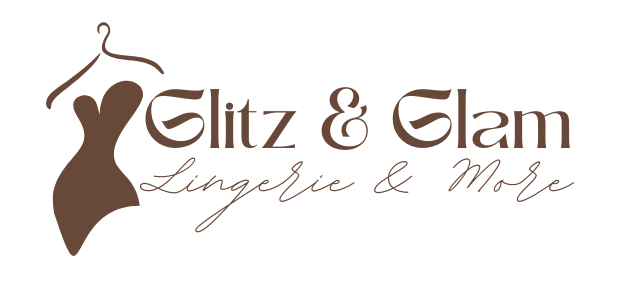
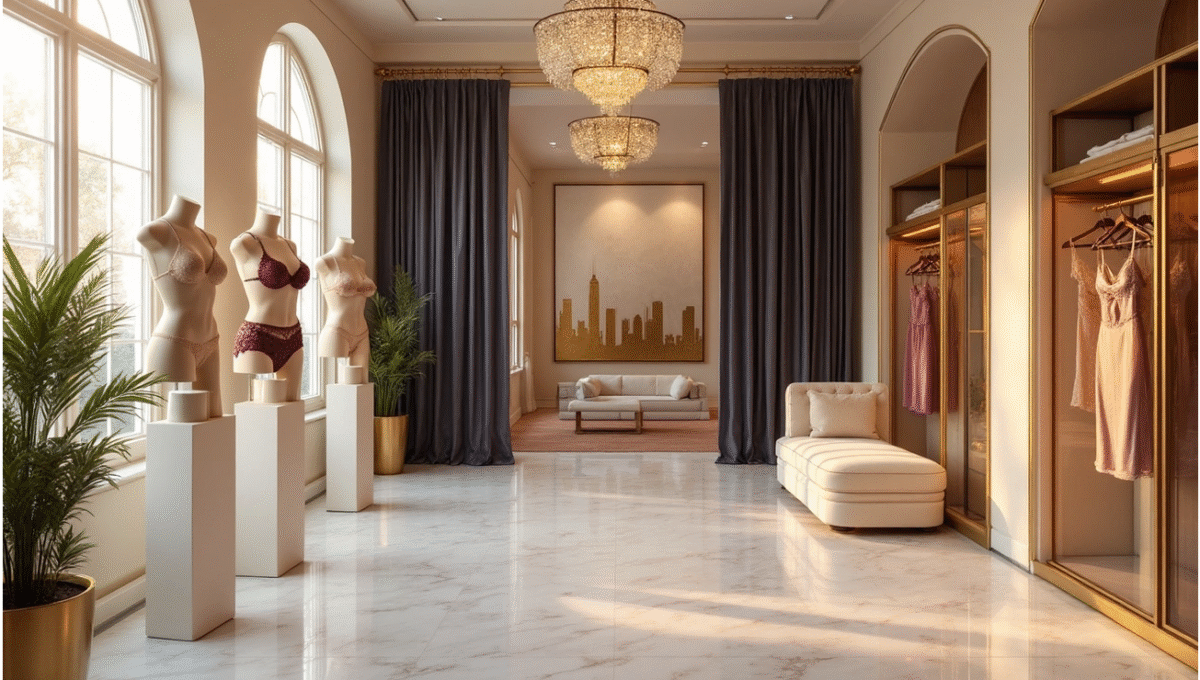
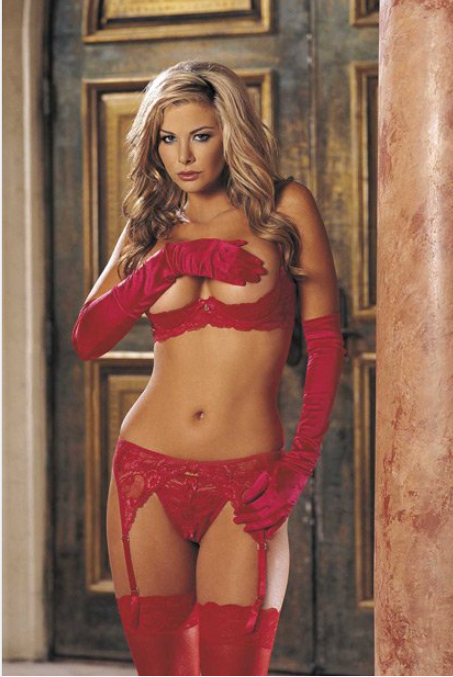
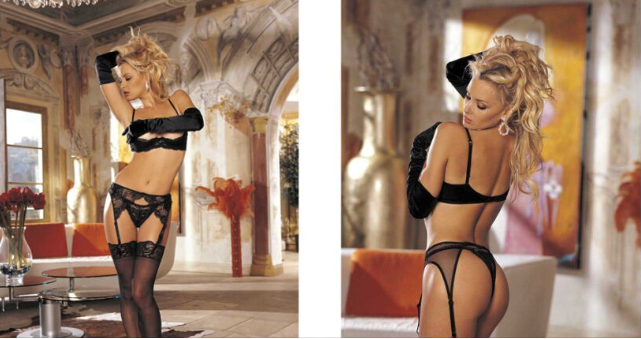
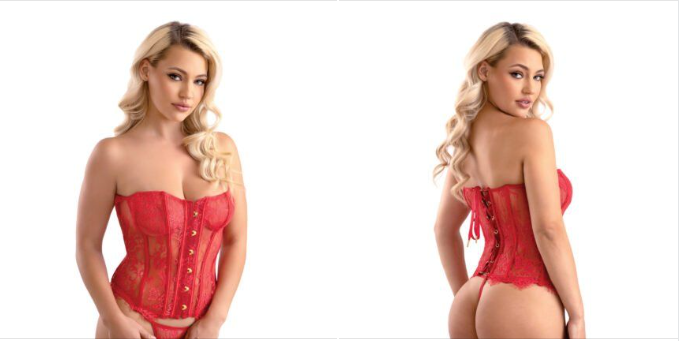
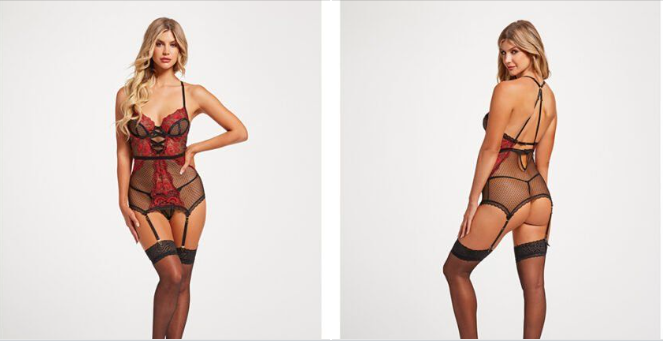

This Post Has 0 Comments